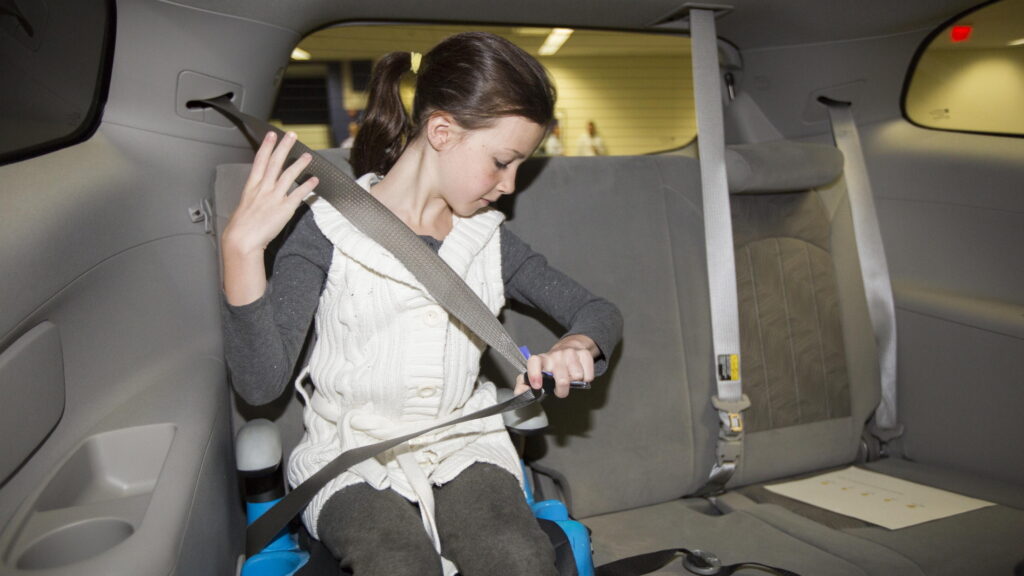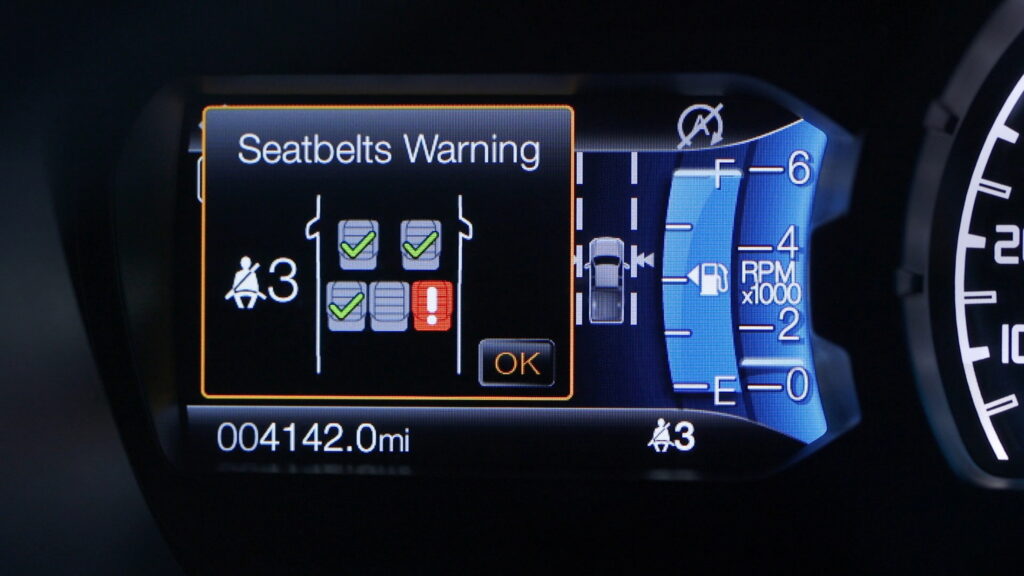The National Highway Traffic Safety Administration (NHTSA) has proposed new rules that would more rigidly outline how seatbelt reminders work, and would require them for the first time in the rear seats of new vehicles.
While seatbelt reminders are mandatory for drivers, they are not required for other vehicle passengers (though they exist in many vehicles). NHTSA says that by formalizing rules surrounding their implementation, and requiring them in more seats, they could have a greater impact on vehicle occupant safety.
The administration estimates that its new proposed rules could save as many as 100 lives, and prevent around 300 non-fatal injuries every year. It adds that rear passenger seatbelt usage reduces the risk of fatality in cars by 55 percent, and in trucks and vans by 74 percent.
Read: IIHS Introduces Seat Belt Reminder Test, Only Two Models Manage To Get A “Good” Rating

“Wearing a seat belt is one of the most effective ways to prevent injury and death in a crash,” NHTSA Acting Administrator Ann Carlson said. “In 2021, almost 43,000 people lost their lives on America’s roads, and half of those in vehicles were unbelted. This proposed rule can help reduce that number by getting more to buckle up.”
To that end, the newly proposed rules would require that new vehicles feature a visual warning on vehicle startup that lasts 60 seconds and notifies the driver of the status of the rear seatbelts. In addition, it would require an audiovisual change-of-status warning that lasts at least 30 seconds if the rear seatbelt is unbuckled while the vehicle is in operation.
For the front seats, the new rules would require an audiovisual seatbelt use warning for the front passenger seat, an audiovisual seatbelt warning for the driver and passenger that remains active until both are belted, and a change of status warning for the front seat occupants.
Automakers would be given some freedom to adjust the warning signal characteristics to fit into their vehicles, while keeping them effective. The rules would apply to U.S. passenger cars and trucks, as well as many buses and multipurpose passenger vehicles with a gross weight of 10,000 lbs (4,536 kg) or less.
NHTSA says it will be taking public comments on the rules for 60 days after they were proposed on Monday, August 21. The rules will take effect two years after they are agreed on and officially codified.





